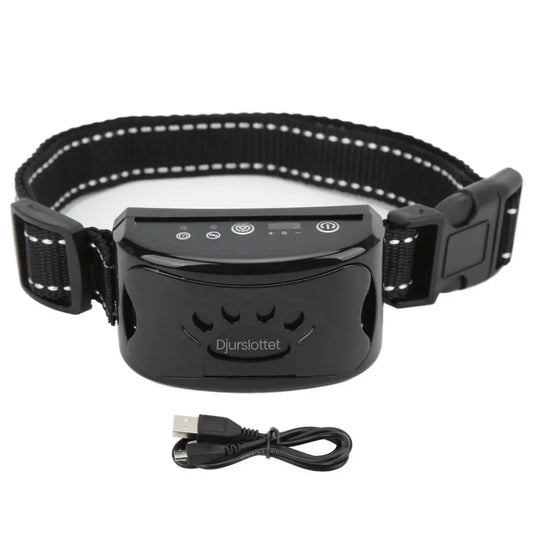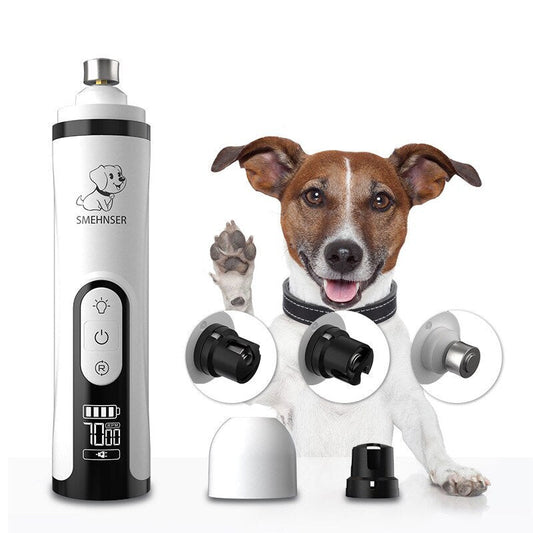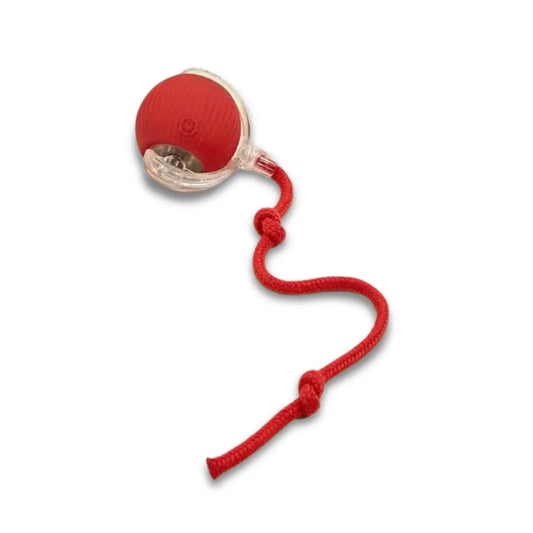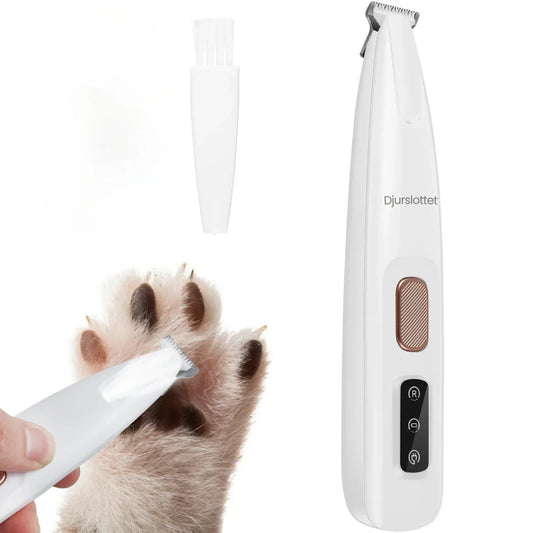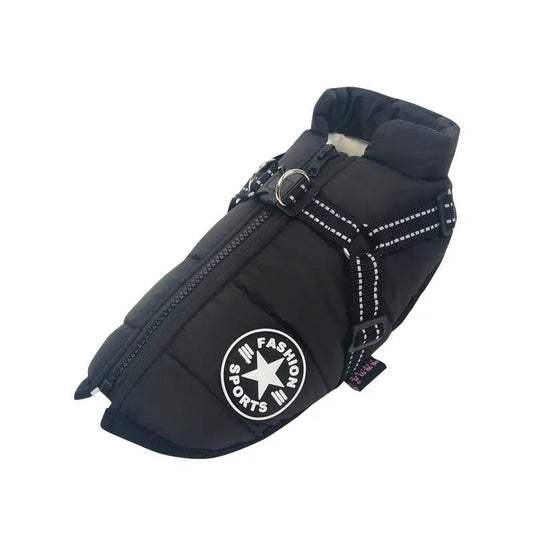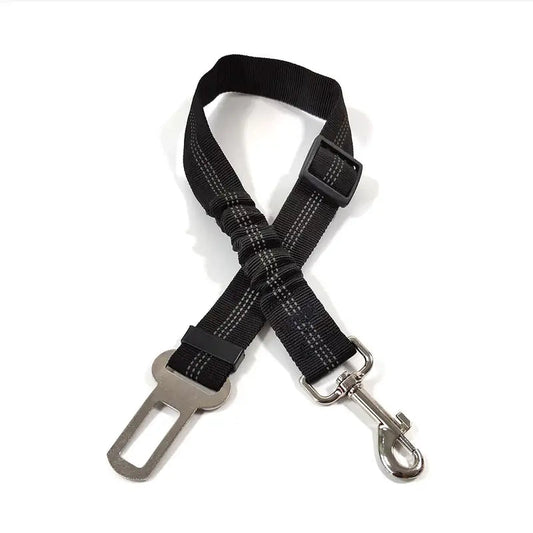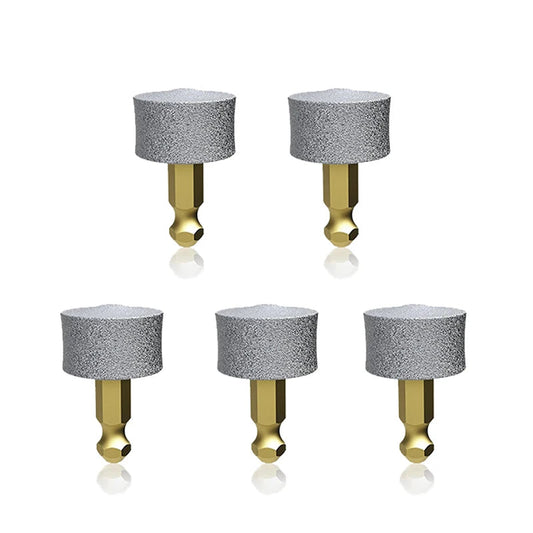
Don't buy a dog tooth scraper until you read this.
Daily tooth brushing is the most effective way to prevent plaque and tartar in both dogs and cats. If brushing is difficult, an at-home ultrasonic tool can be a safe alternative to reduce the need for veterinary visits.
By: Dr. Elin Lindell, Leg. Veterinarian, specialist in canine and feline dentistry
The oral health of our pets often gets overlooked – until it becomes a problem. Bad breath, inflamed gums and expensive vet visits are just some of the consequences of poor dental care in dogs and cats. But with the right tools and routines at home, you can prevent most of it.
Why is tartar a problem in dogs and cats?
Plaque forms when bacteria and food particles collect on your teeth. If it is not removed, it hardens into tartar – which can cause gum inflammation (gingivitis) and, in the worst case, tooth loss (periodontitis).
According to Dr. Ylva Trygger , veterinarian at Evidensia Animal Care, over 80% of all dogs over the age of three have some form of dental problem.
In cats, oral diseases such as tooth resorption (FORL) are common, and often difficult to detect without regular check-ups. According to Agria Djurförsäkring, dental problems are one of the most common reasons for veterinary visits in cats.
How to prevent tartar in dogs and cats
The best preventative method is daily brushing with toothpaste designed for animals. However, for many pet owners, this is a challenge – especially if the animal is not used to having its mouth handled.
If brushing your teeth doesn't work, Dr. Oskar Nilsson , a veterinary dental specialist, recommends using specially designed tools and supplements that reduce plaque buildup between veterinary visits.
Home ultrasound – a new solution for veterinary dental care
Ultrasonic scalers are a growing option for home use. They work with gentle vibrations that loosen tartar without damaging the tooth surface.
One example is the Detixy Ultrasonic Toothbrush , which is designed specifically for dogs and cats. It has three modes (gentle to intense), two nozzles (for large surfaces and tight spaces) and stops automatically upon contact with the gums – for maximum safety.
For more products that help with oral care for dogs and cats, visit our collection page: Dental Care for Dogs and Cats
Signs that your dog or cat has dental problems
Bad breath
Yellow or brown deposits on the teeth
Bleeding gums
Difficulty chewing or eating
Increased salivation or the animal scratching at the mouth
If any of these symptoms occur, you should always make an appointment with your veterinarian before starting treatment at home.
FAQ – Frequently asked questions about dental care for dogs and cats
How often should I brush my dog's/cat's teeth?
Ideally every day. At least 3–4 times a week can make a big difference.
Are ultrasonic tools safe for home use?
Yes, according to Dr. Johan Beck-Friis , former chairman of the Swedish Veterinary Association, these tools are safe when used correctly and can reduce the need for professional dental cleaning.
When should I start dental care for my dog or cat?
As early as possible – preferably as a puppy or kitten, to get the animal used to being handled.
What do I do if my animal won't let me brush its teeth?
Try an alternative like Detixy Ultrasonic Toothbrush or enzymatic chews. Take it step by step and reward your animal after each attempt.
Taking care of your dog or cat's oral health is crucial to their well-being. While brushing is best, the Detixy Ultrasonic Toothbrush offers a safe and effective alternative for home use – especially for pet owners who find it difficult to brush their teeth daily.
Click on the image below to see more about Detixy Ultrasonic Toothbrush .



